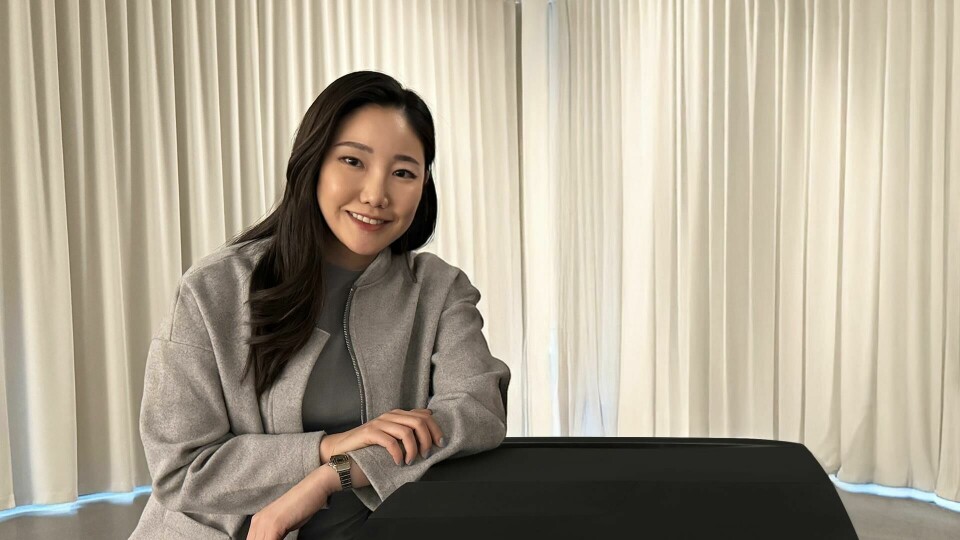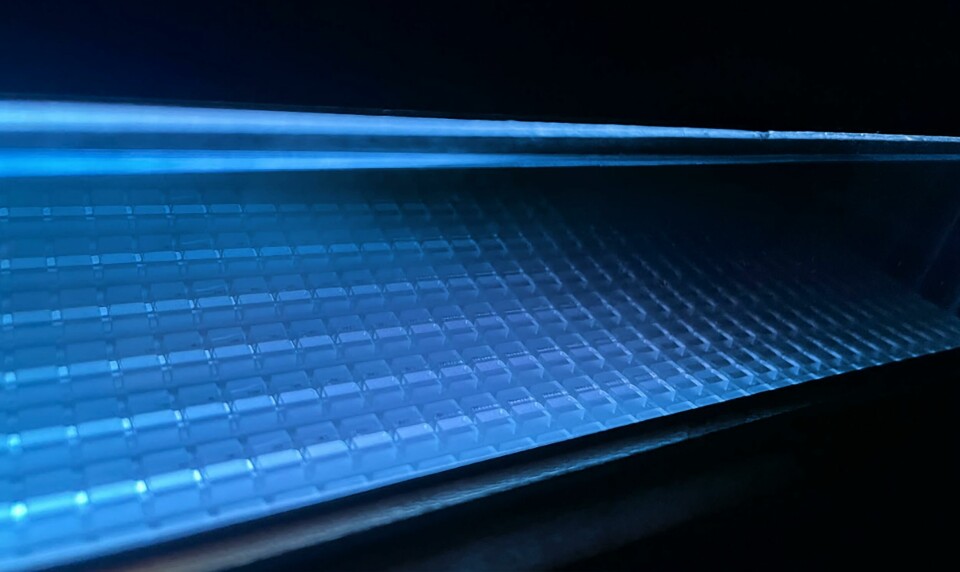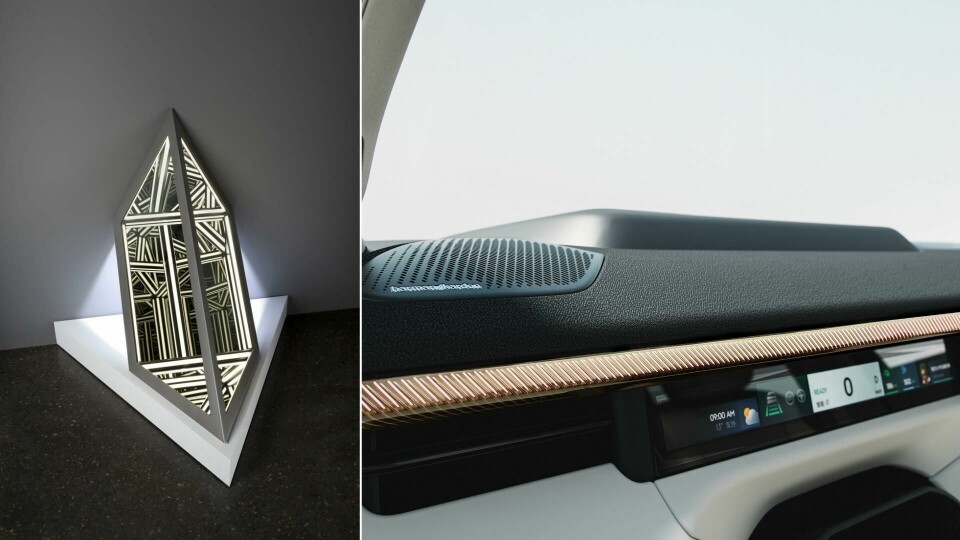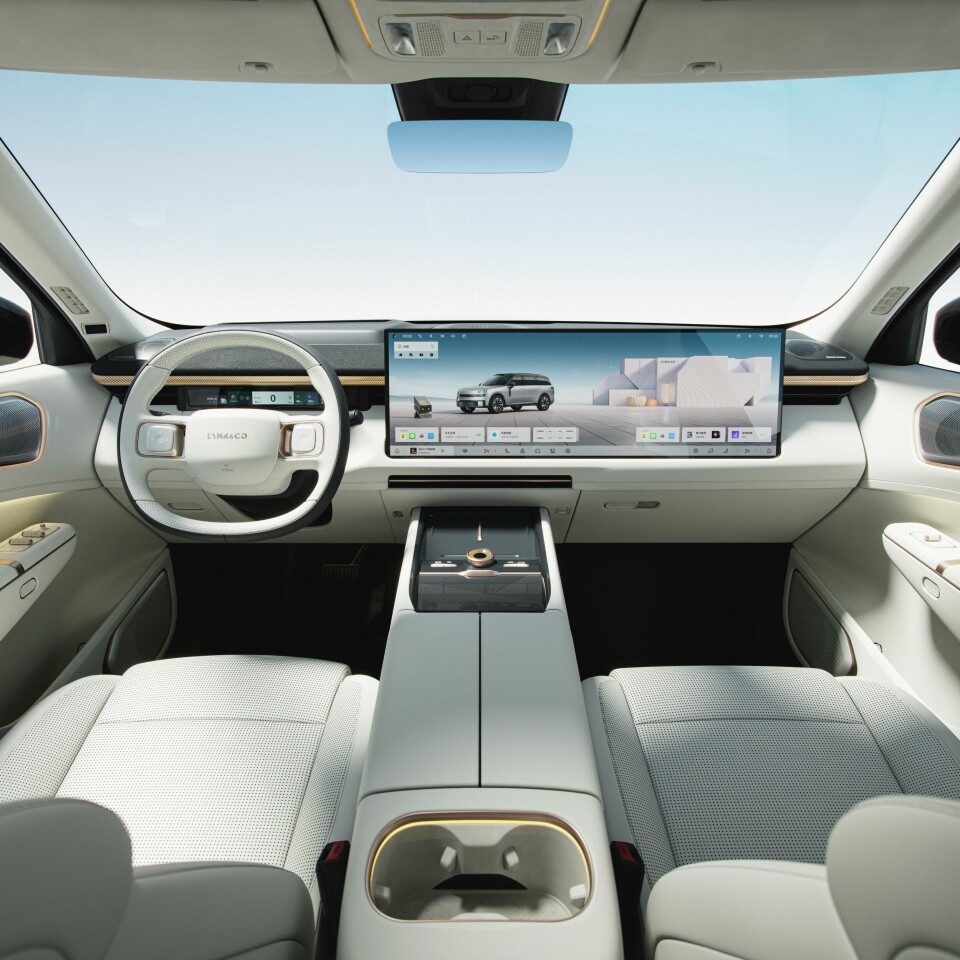
Eileen Hwang: “Ambient lighting is a key part of our brand identity”
An industrial designer by training, Lynk & Co’s interior designer & lighting experience specialist Eileen Hwang is charged with developing the lighting design strategy for the brand. This interview is from the Spring edition of Interior Motives
Interior Motives: You began your career as an industrial designer at Volvo Trucks, how did you get into lighting design?
Eileen Hwang: At Volvo Trucks I first started working across exterior and interior design, from advanced design strategies to developing electric trucks. This gave me insight into long-term innovation while grounding me in practical vehicle design.
When I joined Lynk & Co four years ago, I transitioned into an interior design role, aligning more closely with what I had studied at CCS.
I quickly began to focus on interior lighting, and this gave me the chance to define Lynk & Co’s lighting identity for the current generation of vehicles. Taking a more holistic and strategic approach, overseeing lighting integration across all projects to ensure consistency and innovation.

IM: How has the rise of EVs changed the role of lighting design?
EH: Energy efficiency has become a key factor in lighting design. Previously, ambient lighting was becoming more dynamic and interactive, seamlessly syncing with music, displays and moods. But in an EV, every watt matters, so we must be more mindful of how lighting impacts energy consumption.
This is where my favourite Swedish word, “Lagom,” comes in - it means “just the right amount.” This perfectly reflects how lighting design is evolving in EVs.
Instead of excessive effects that drain the battery, the focus is now on thoughtful, well-balanced lighting that enhances the experience without unnecessary energy waste. The challenge is creating impactful yet efficient solutions that contribute to design without compromising range.
We also seek external inspiration. We attend industry fairs and invite suppliers and startups to showcase new technologies
IM: Lighting design is highly technical; tell us about your relationship with suppliers. How much work is done in-house versus externally?
EH: I’m fortunate to work with a great lighting engineer and a strong prototyping department. All our initial concepts are developed in-house, starting with small-scale models to sell the concept to management.
Once approved, we refine them - integrating them into the CMF process or a quarter buck for detailed validation. Our internal lighting design team then collaborates closely with production engineers and suppliers during early production milestones to maintain design integrity.
We also seek external inspiration. We attend industry fairs and invite suppliers and startups to showcase new technologies. A great example is the recently launched Lynk & Co 900, where we discovered a new lighting technology from Yanfeng at the fair in Shanghai.
I then worked with them to integrate it into one of our concepts, bringing fresh innovation into our design.

IM: Tell us about the importance of lighting design at Lynk & Co
EH: For us, ambient lighting is more than just illumination - it’s a key part of our brand identity. Our management sees lighting design as an essential storytelling tool, shaping a joyful and immersive experience for customers.
The goal is to create something uniquely Lynk & Co, so when people step inside they instantly recognise the signature lighting experience. It’s about more than aesthetics; it’s about crafting an emotional connection through light, reinforcing the bold and unconventional spirit that defines Lynk & Co.
Through experimentation and refinement, we found a way to bring the illusion of infinite depth into a real-world setting
IM: On to your work at Lynk & Co: what was the thinking behind the Infinity Light? And what was the greatest technical challenge in executing that project?
EH: It started during an interior team workshop three years ago. We were asked to bring an inspiring image, and I brought one - a simple yet powerful mirror structure creating an illusion of infinite space. That was the spark for our Infinity Light concept.
With Lynk & Co’s Next Day design philosophy, we wanted this light to embody our four key pillars: Proud Tech, Rich Experience, Dare to be Lynk & Co, and Next Premium. We explored ideas like a floating headrest within infinite space, which we tested in VR first.
The result? A beyond-reality effect that perfectly captures Proud Tech.
To enhance the experience, we placed the Infinity Light on both sides of the central screen, making the cabin feel more spacious and immersive. The biggest technical challenge was moving beyond flat, 2D mirrors and achieving clean reflections on curved surfaces within automotive interior constraints.
Avoiding distorted reflections - like the clown mirror or fishbowl effect - was key. Through experimentation and refinement, we found a way to bring the illusion of infinite depth into a real-world setting.

IM: Finally, what lighting design trends will we see come to the fore in the near future?
EH: Lighting design is evolving, and we’re always exploring new ways to create immersive and meaningful experiences. While I can’t reveal too much just yet, let’s just say: we’re thinking beyond the obvious. And who knows? Next time you step into a Lynk & Co, Infinity Light might greet you somewhere unexpected.



